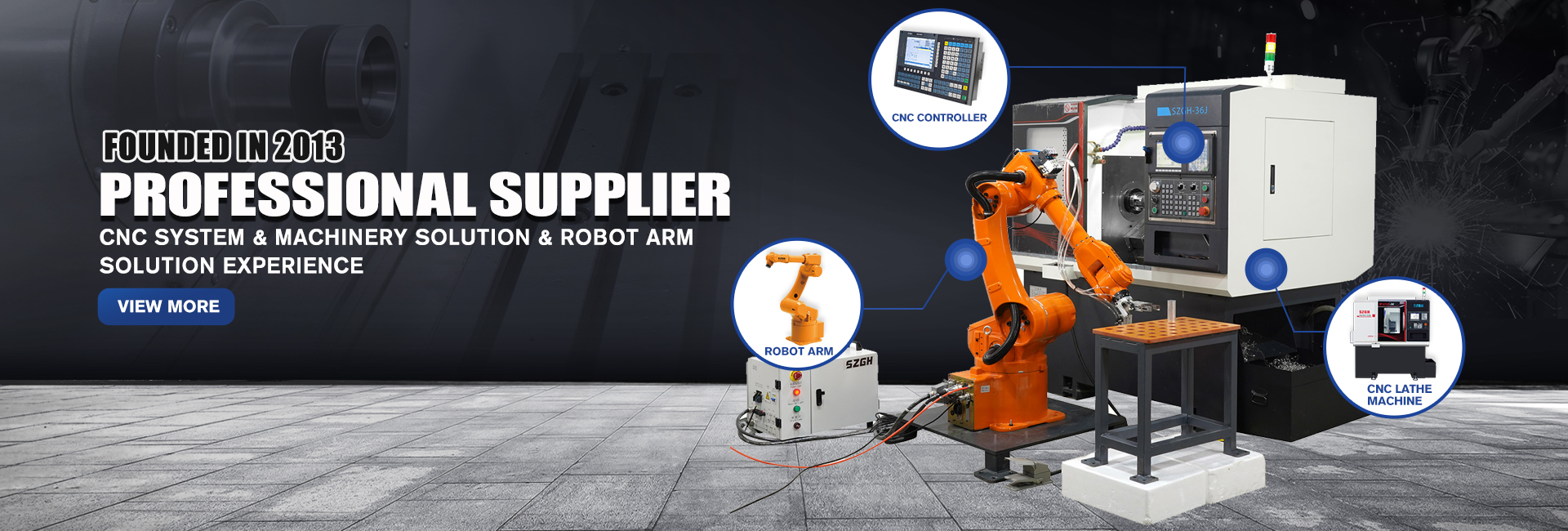
| Number of control axes | 4 axes |
| Minimum programming | 0.001mm |
| Maximum programming | ± 99999.999mm |
| Top speed | 30m / min |
| Feed speed | 0.001-15m / min |
| Manual continuous | One axis or simultaneous multi-axis |
| Screen saver function | Screen saver function |
| Program editing | Male / English, relative / absolute programming |
| Pre-reading function | Short line preprocessing 10,000 lines |
| Compensation function | Knife compensation, between compensation, screw compensation, radius compensation |
| Communication function | RS232, U disk interface |
| Program editing | Male / English, relative / absolute programming |
Tool functions: | 1)Tool length compensation |
| Password protection | Multi-level password protection |
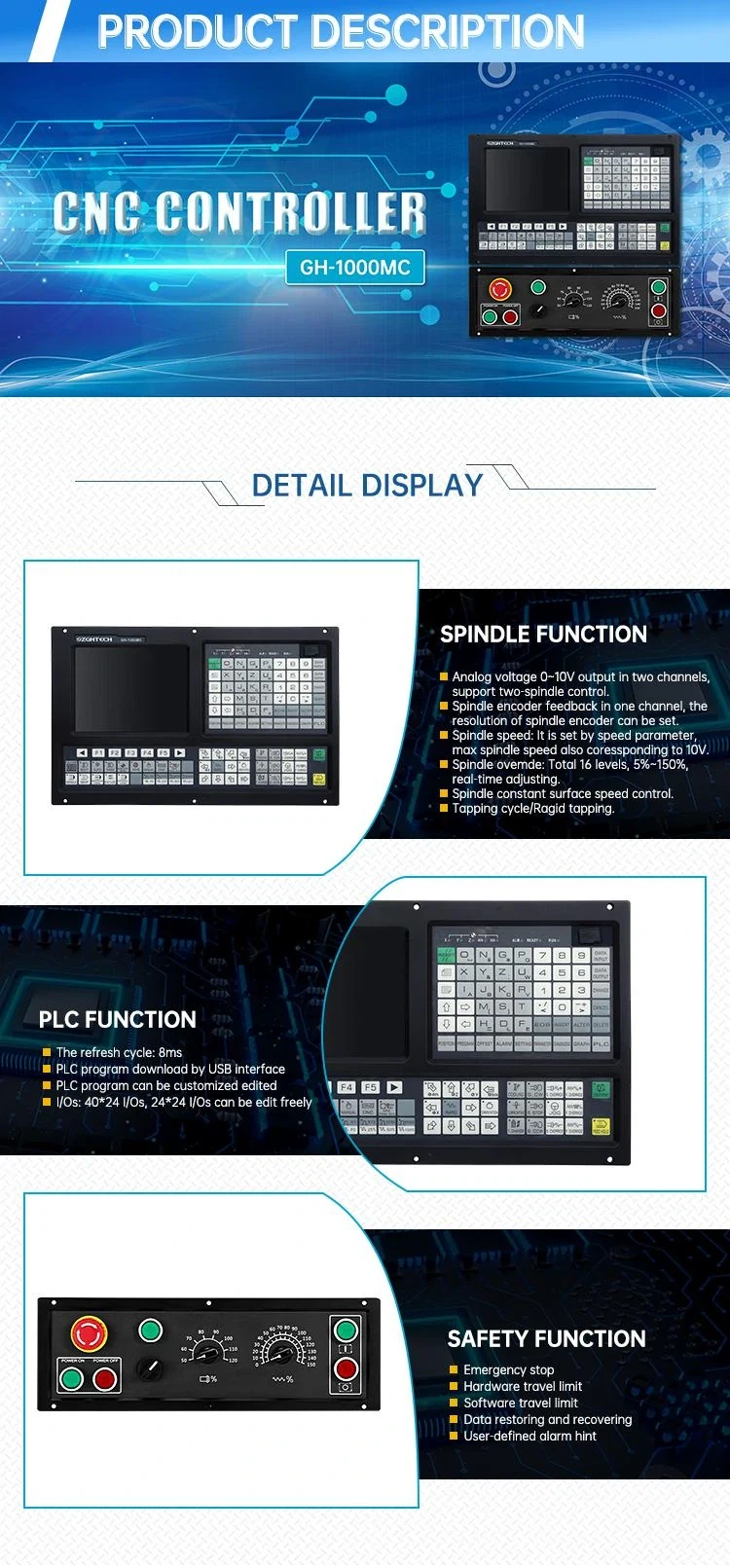
Technical Features:
1. It provides system debugging function, which is convenient for machine tool assembly and debugging; supports online servo parameter modification, supports rigid tapping function debugging, has oscilloscope function, can intuitively analyze position, speed characteristic curve, roundness curve, and can record interpolation motion error data files;
2. Support rich composite trajectory cycle instructions, support blueprint programming, support programming guidance and process assistance;
3. Support statement macro program, programming is more concise.
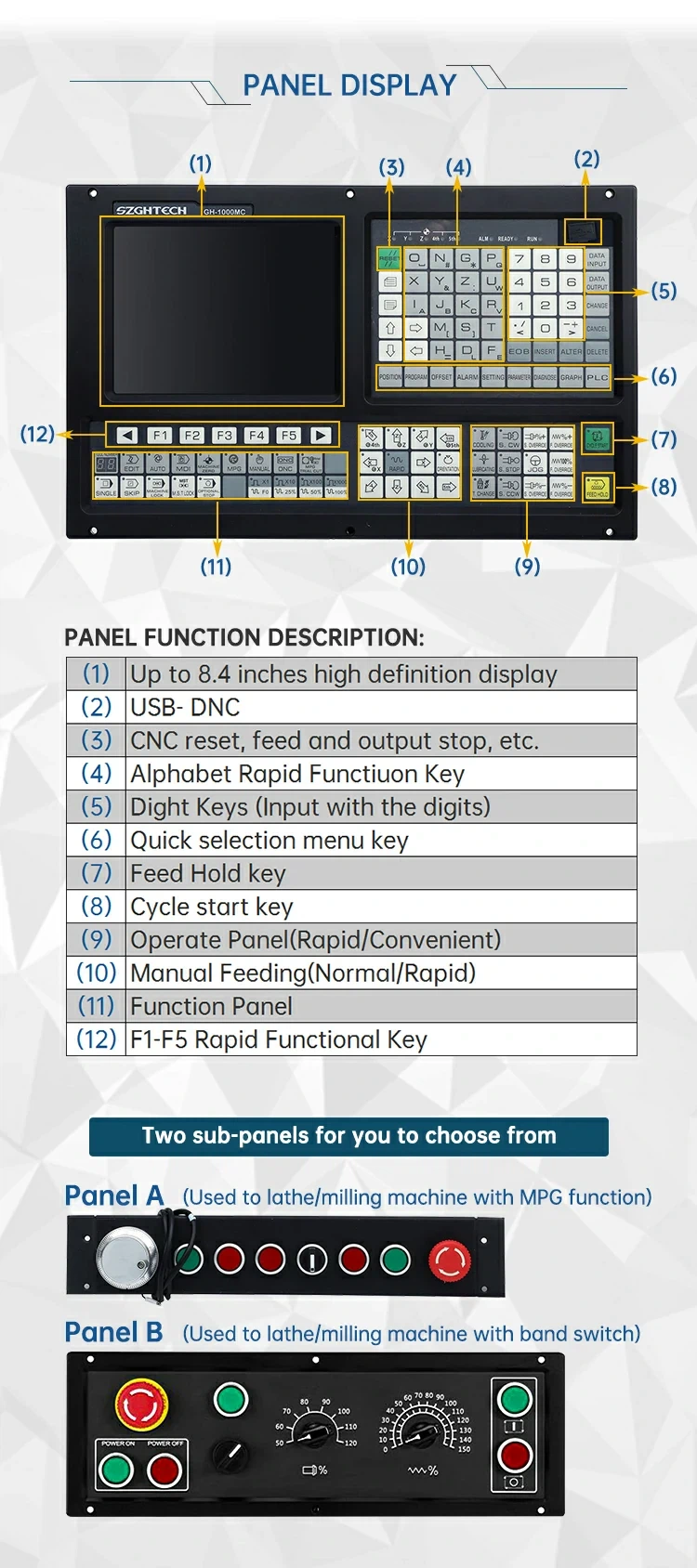
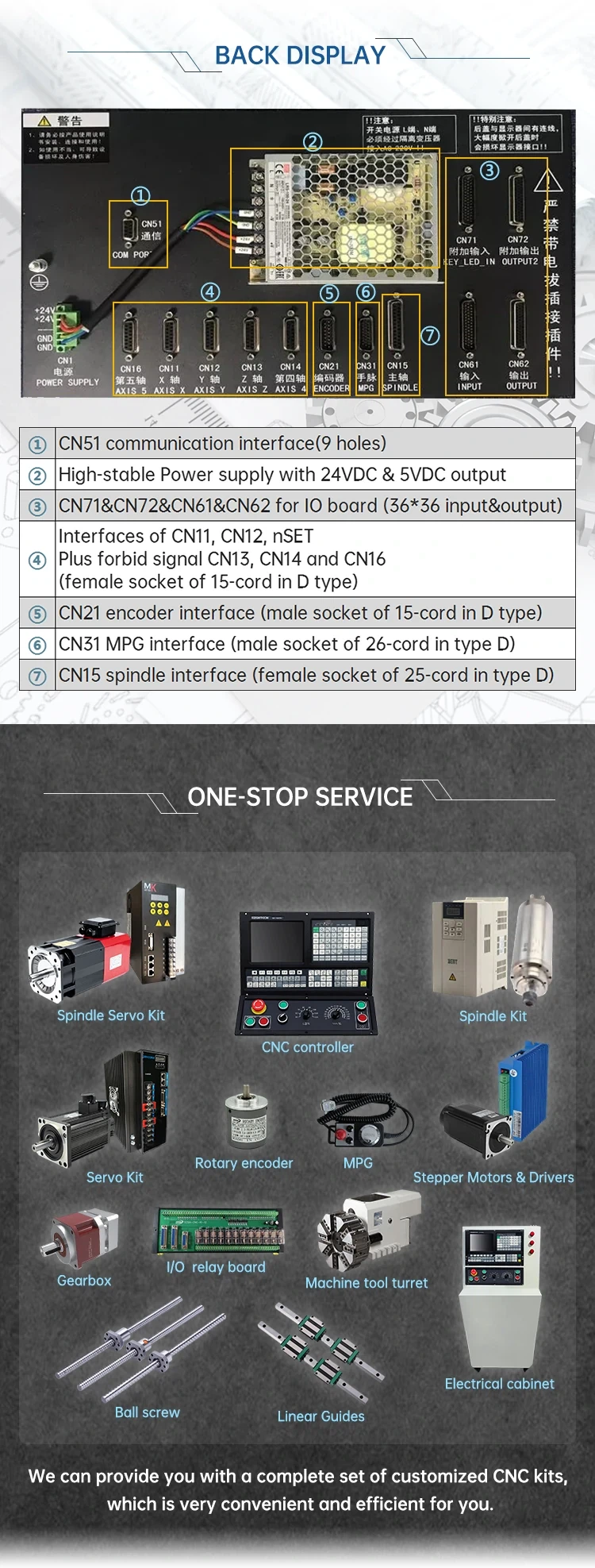
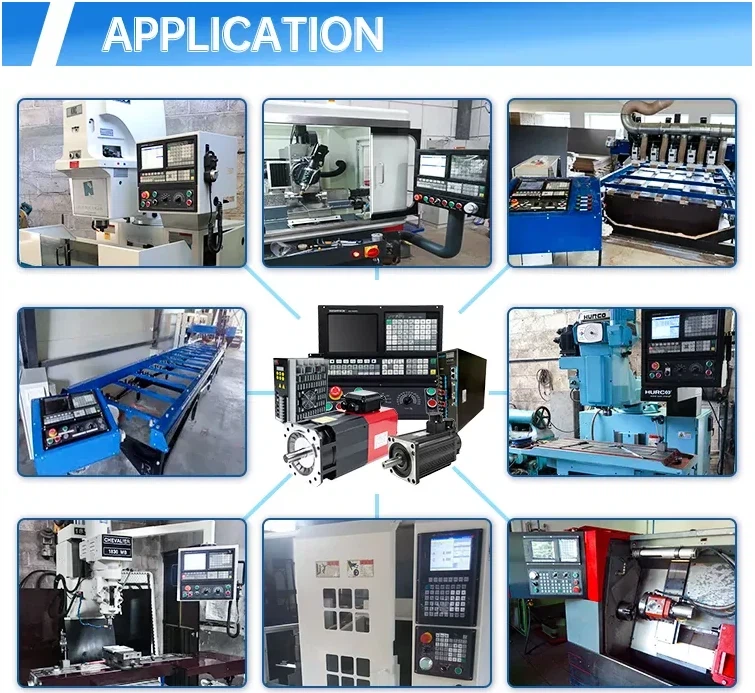
Multiple function:
It can realize the drilling/boring,roughing of roungroove / rectanglegroove ,finishing of full circle /rectangle, continous drilling of straight line /rectangle /arc etc.
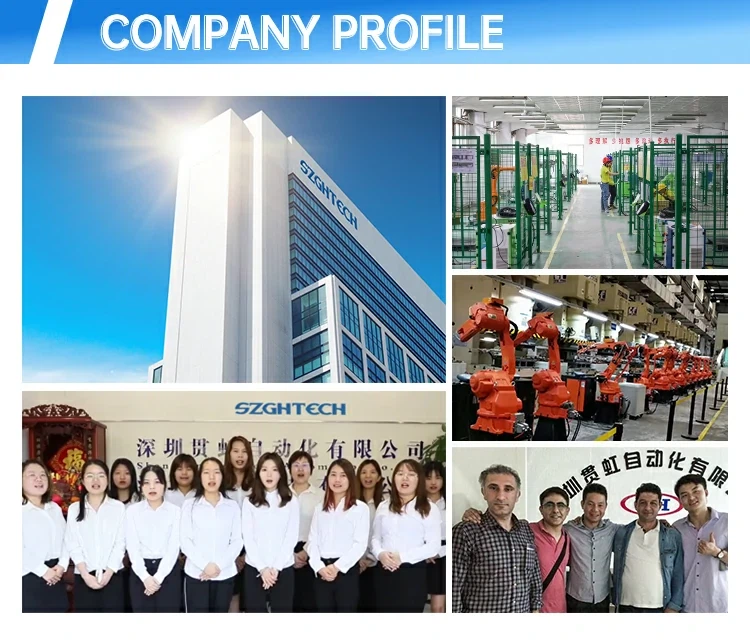
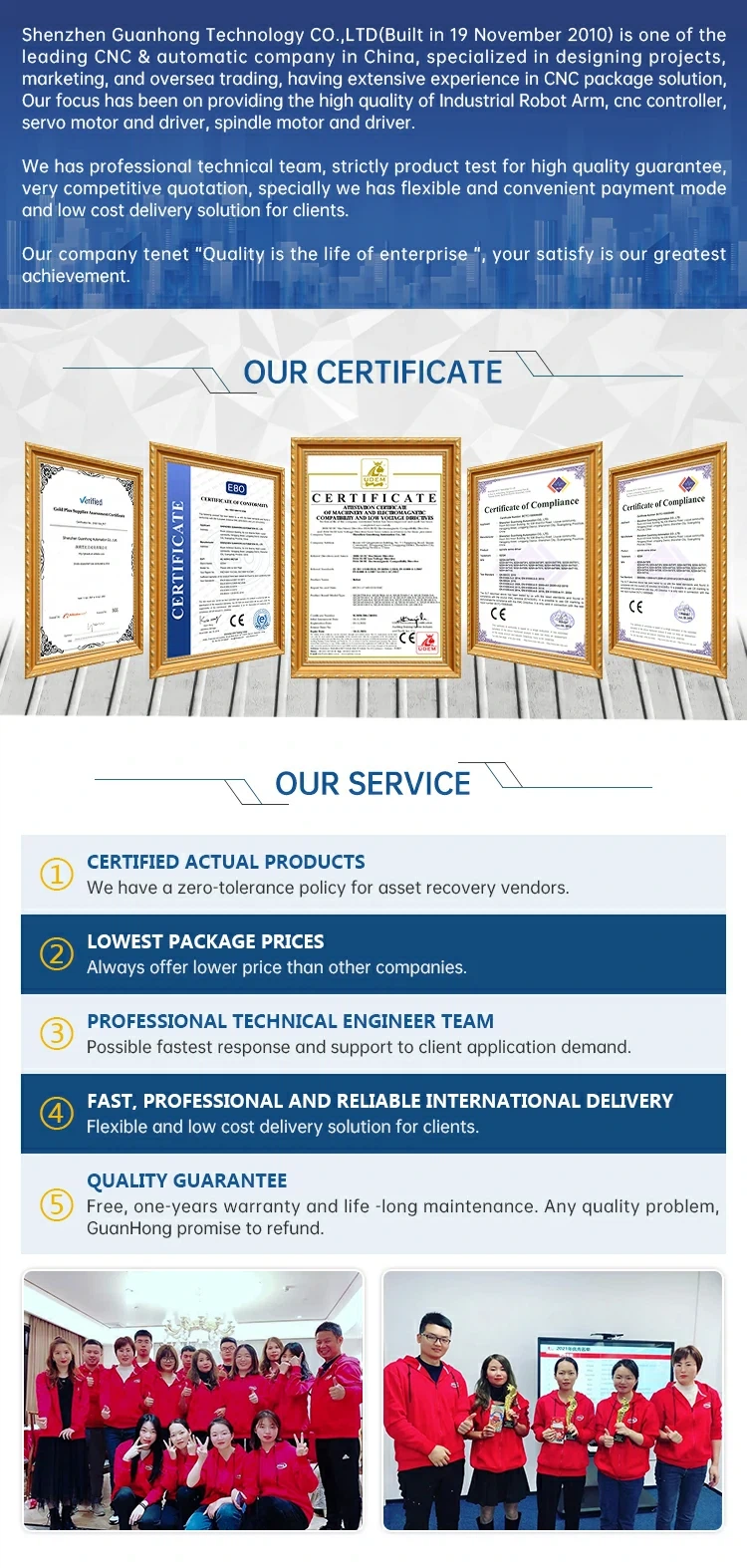
FAQ
Q: How can we guarantee quality?
Always finishing a pre full testing by our professional engineers; Always final 100% Inspection before shipment;
Q: Why should you buy from us not from other suppliers?
1.We can provide with suitable package solution of robot arm;
2.You can get good purchase experience and nice technical support;
3.We can provide customized design,high quality guarantee,competitive quotation,
honest and reliable business is our tenet.
Q: Is it possible to do a customized order?
Yes, OEM, ODM, are welcome, customize your own brand, logo and package box are our strong point.
Q: Could you send products to my country?
Yes, we do business in every corner of the world, please contact us to consult the details delivery charge.
If you have any questions, whether it is product technical issues or product delivery and receipt issues, etc., please feel free to contact us. We'll be sure to get back to you within an hour on a business day.

